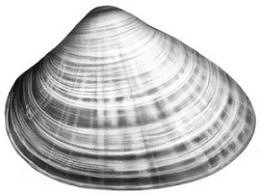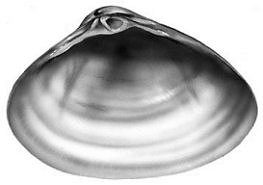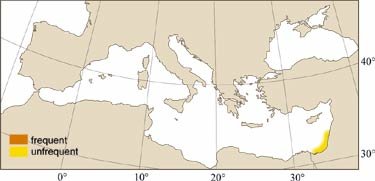

|
Relevant Synonyms
Misidentification
|
|
| drawing: Tuvia Kurz |
|
SHORT
DESCRIPTION
color :
variable; externally from white to purple-buff either uniform or with radial rays. Umbones always purple. Internally white to deep purple.
common size :
30-40 mm width, 23-29 height; to 65 mm in the Eastern Arabia Sea (Bosch et al., 1995). |
DISTINGUISHING CHARACTERISTICS
BIOLOGY / ECOLOGY
habitat :
littoral to sublittoral sands; the Mediterranean record on the beach of Bardawil lagoon and also from depths 6-9 m along the Israel coast. |
|
1st
Mediterranean record
|

|
|
DISTRIBUTION
|
ESTABLISHMENT SUCCESS
speculated reasons for success :
|
|
|
MODE OF
INTRODUCTION |
IMPORTANCE TO
HUMANS |
|
KEY
REFERENCES
|
|
|
 ? Mactra olorina
? Mactra olorina